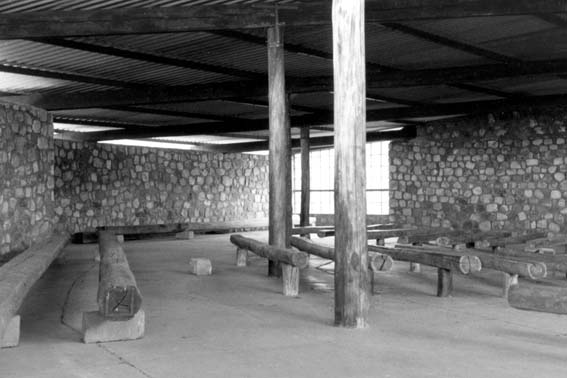Arquitectura sagrada en Burundi
DOI:
https://doi.org/10.17979/aarc.2013.3.0.5081Palabras clave:
Arquitectura africana, espacio sagrado, proyecto, evangelización, misiónResumen
Una iglesia debe tener el rostro y el corazón de la tierra y del pueblo en el que se destaca. Para proyectar los espacios para el culto, es importante sumergirnos en la vida de las personas, compartir sus visiones y verdaderas aspiraciones y conocer el lenguaje de sus corazones a través de la observación de la naturaleza. La experiencia en África nos ha sugerido la expoliación de cualquier perjuicio para dar la bienvenida a la novedad de un mundo virgen, capaz de inspirar, en su simplicidad, la formas más esenciales y verdaderas, sin artificios y reminiscencias de otros mundos.
Descargas
Referencias
AA.VV. 1977. Le rugo dans la tradition burundaise. Bujumbura: Le Palais des Arts et de la Culture du Burundi.
Cazenave Piarrot, Francoise et al. 1979. Geographie du Burundi. Le pays, les hommes. París: Edicef.
Collart, René & Georges Celis. 1988. Burundi: trente ans d'histoire en photos: 1900-1930. Namur-Bujumbura: Tournais.
Guariglia, Guglielmo. 1980. I Burundi: una società sapienziale. Milán: Opera Universitaria dell’Università Cattolica.
Ndoricimpa, Leonidas & Claude Guillet. 1984. L’arbre-mémoire. Traditions orales du Burundi. París: Karthala.
Richer, Xavier. 1977. Burundi Touristique. Mowbray: Delroisse.

Descargas
Publicado
Número
Sección
Licencia

Esta obra está bajo una licencia internacional Creative Commons Atribución-NoComercial-CompartirIgual 4.0.















